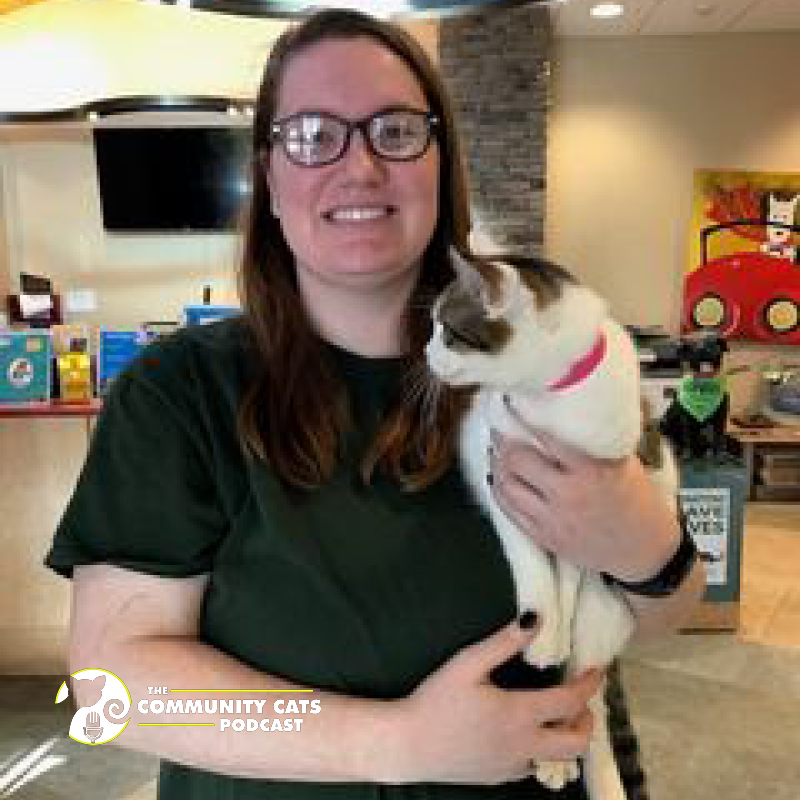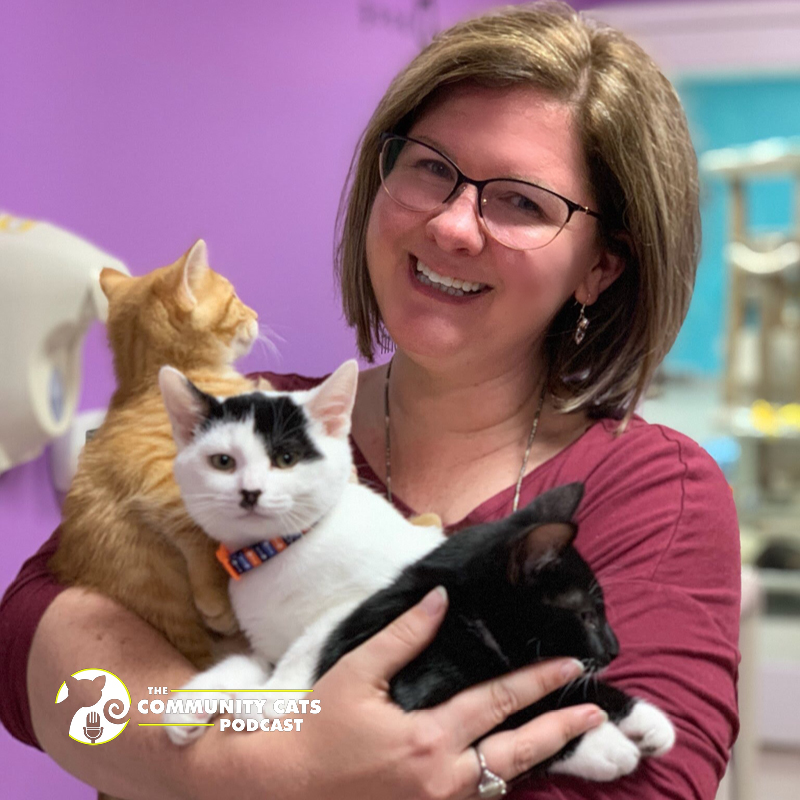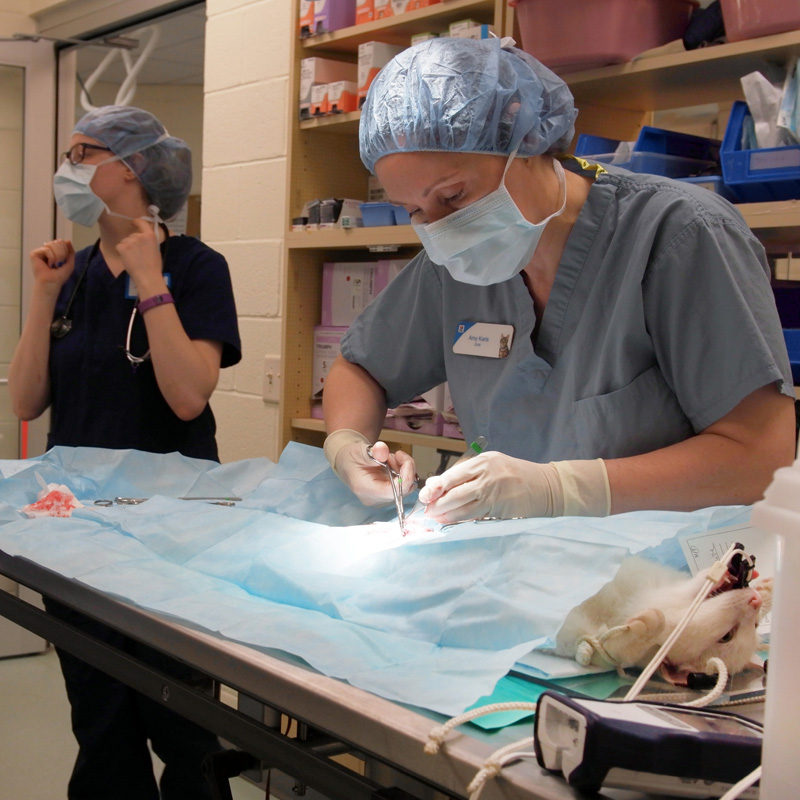
Mary Howard, Community Cat Coordinator at McKamey Animal Center
June 16, 2020
Elizabeth Finch, Good Mews Animal Foundation
June 23, 2020
Spending the weekend talking at the Online Kitten Conference about how to care for, nurture, spay/neuter, transport, and adopt out kittens really got me thinking about the role of spay/neuter in our animal welfare movement. Twenty-plus years ago, when I first started out with the Merrimack River Feline Rescue Society, we were extremely focused on the goal of getting as many cats in our community spayed/neutered as possible. Our obstacles to care were lack of resources, lack of volunteers, and lack of outreach. But our main objective was to ensure that any cat that needed access to spay/neuter would get it—and then after that we could consider offering other programs to help support those cats.
Spay/neuter of cats and kittens in our communities has changed the landscape tremendously. Sterilizing cats is a relatively simple procedure and is a cost-effective way to improve the quality of life for cats. But I am now seeing changes in our animal welfare language. It seems we may be shifting to be less about spay/neuter and more about community inclusion. We have low-income wellness clinics that don’t insist that the folks they serve get their pets spayed/neutered. The majority of revenues at these clinics come from wellness fees. Basically, these wellness programs provide a stronger/better business model then the spay/neuter model does. But I have to ask the tough question of whether our mission is to connect with people—or is it to reduce overpopulation and provide the highest possible care for cats in the community (which most definitely includes spay/neuter)?
I have recently received several emails from folks who still question whether TNR works to reduce cat overpopulation. Well, I can share with you that it doesn’t if it isn’t partnered with a substantial (at least 10x) increase in spay/neuter for owned cats. If you just do TNR and don’t spay/neuter owned cats, you aren’t going to help the population situation at all. I think that is something the TNR movement just hasn’t understood well. We need spay/neuter at the source (i.e., any unaltered cat, owned or community) and it needs to be free or at a very low price.
I continually go back to the Community Cat Pyramid. Every day I become more passionate about the tenets of the pyramid and how important it is that we understand it. We need to know how many owned cats are spayed/neutered, how many TNR/community cats are altered, and how many cats/kittens we can rescue—and we need to understand that these ratios are critical to our success. I’ll be presenting on this topic at HSUS Expo, which will be held online this year, July 22–24. I hope you’ll consider joining me.
I am so appreciative of all of the volunteers who work so hard to save the thousands of kittens that need rescue, but I have to ask … can those of us that advocate for spay/neuter do better? What do you think? Let us know on our Facebook page.




